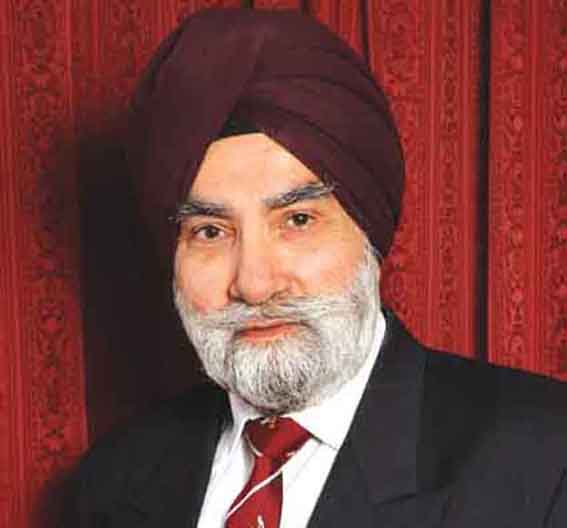Global Panthic Manifesto, the Sikh Reht Maryada

Generally, a manifesto states the aims and policies of those who issue it. It is a plan of action to direct individual and collective conduct to achieve objectives.
The Sikh Reht Maryada defines a Sikh and the Guru Panth. It provides a road-map based on Gurbani for personal conduct to achieve the main goal of human life. The second part deals with Sikh organisation to achieve collective Panthic objectives aimed towards Sarbat da bhalaa (universal wellbeing). As such the Reht Maryada can be regarded as the global Sikh manifesto.
The action-based spirit of the Sikh Reht Maryada is to unite and guide. All Sikhs can relate to it. This great Panthic achievement cannot be regarded as controversial or divisive when read in the spirit in which it has been collated over many years as a consensus document. Every Sikh should read and retain a copy of this guidance.
Sri Guru Granth Sahib, the Shabad Guru, is sacrosanct and cannot be altered. However, the second component of the twin doctrine of Guru Granth- Panth, is that the Guru Panth is empowered by Guru Gobind Singh to interpret Gurbani and apply the founding principles to a changing world. From Bhai Gurdas onwards, the earlier Gurus too approved secondary literature by scholar Gursikhs. The evidence of Bhai Chaupa Singh who spent much time with Guru Gobind Singh from childhood of the Guru, can be taken as reliable when he wrote:
ਬਚਨ ਹੋਇਆ ਮੁਕਤਿਆਂ ਸਿੰਘਾਂ ਨੂੰ, ਰਹਿਤ ਦਾ। ਭਾਈ! ਗ੍ਰੰਥ ਸਾਹਿਬ ਦੀ ਸਾਖ ਨਾਲ ਰਹਿਤ ਸਿੱਖੀ ਦੀ ਬਣਾਵੋ। []]Guru Gobind Singh Ji commanded the leading scholar Mukta Singhs to draft the Sikhi code of conduct with reference to []]Guru] Granth Sahib &ndash Rehtnama, Bhai Chaupa Singh]
The tradition of Rehtnaamay continued after Guru Gobind Singh. However, these works did not have the collective authority of the Guru Khalsa Panth. Nevertheless. the intention of Guru Ji was clear: Sikh reht (individual and collective conduct) should be based on Gurbani (The Eternal Constant Principle ) but the reht code has the flexibility to evolve with a changing world and human needs. For example, when the Reht Maryada was first drafted in 1936, the environmental issues were not so urgent as they are today. In recent decades, guidance has been sought from Gurbani about preservation of the environment by Sikh scholars. And so on, there are many modern issues which need to be addressed and incorporated in the Reht Maryada by the Guru Khalsa Panth.
We need to remember that the Maryada is a consensus document and reflects the views of the most exalted scholars. These were men of profound learning who had not only deeply meditated on Sikhism but lived it and who drew upon the collective wisdom of an extraordinarily fervent generation of Sikh divines and intellectuals. Sikhs would agree with Kulraj Singh who wrote in his preface to the English translation that: this work []]Sikh Reht Maryada] should take precedence on any sectional beliefs and preferences. In a wider context, the content of the Reht Maryada should be taken as the final word as to the matters they deal with. That will foster panthic cohesion.
Indeed, the Sikh Reht Maryada should be read in the same spirit as it was drafted. It can continue to evolve as the global umbrella Sikh manifesto to which all diverse Sikh jathebandi can relate as guidance to achieve personal and Panthic objectives.
Gurmukh Singh OBE
Principal Civil Servant retd (UK)